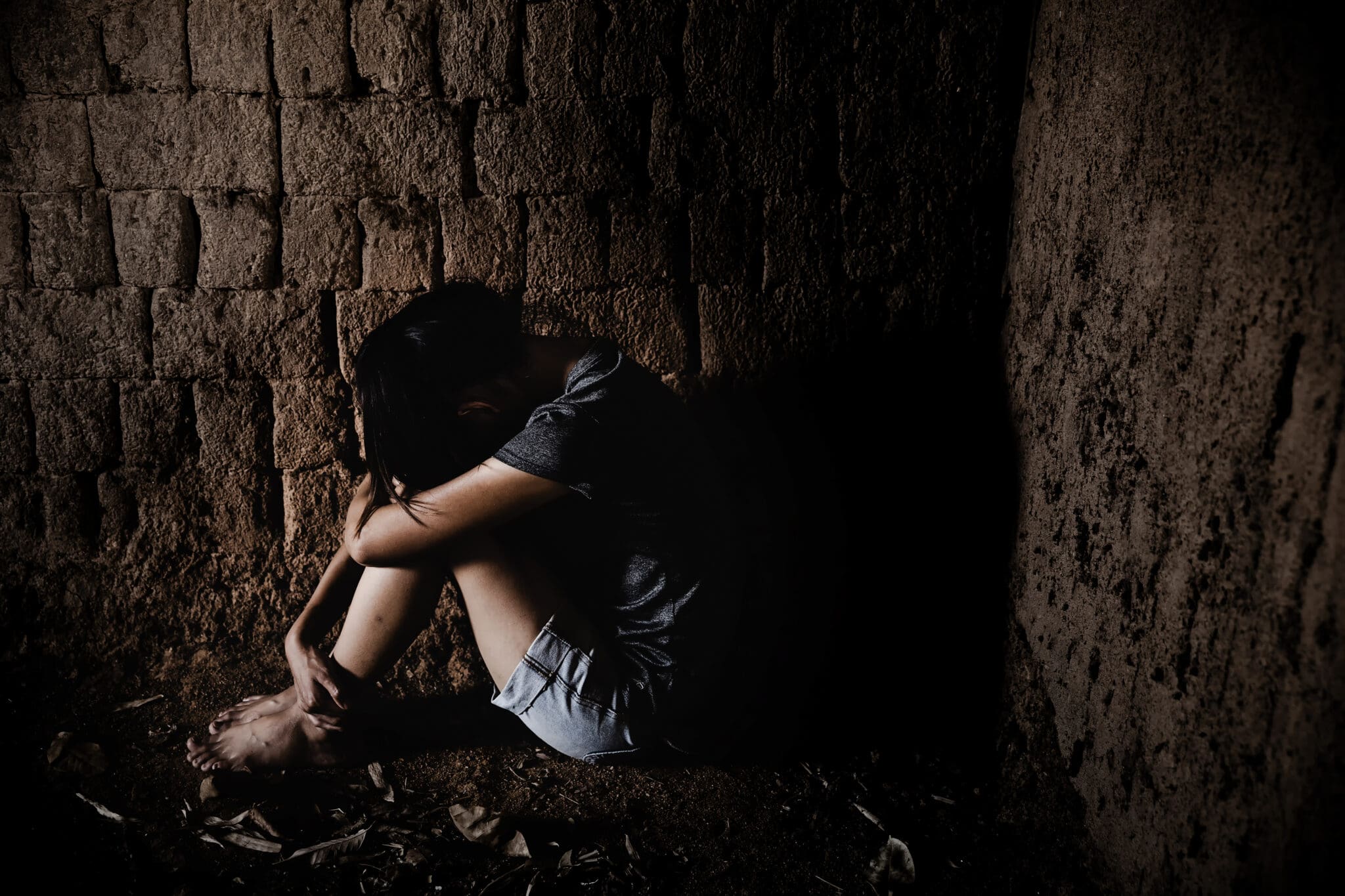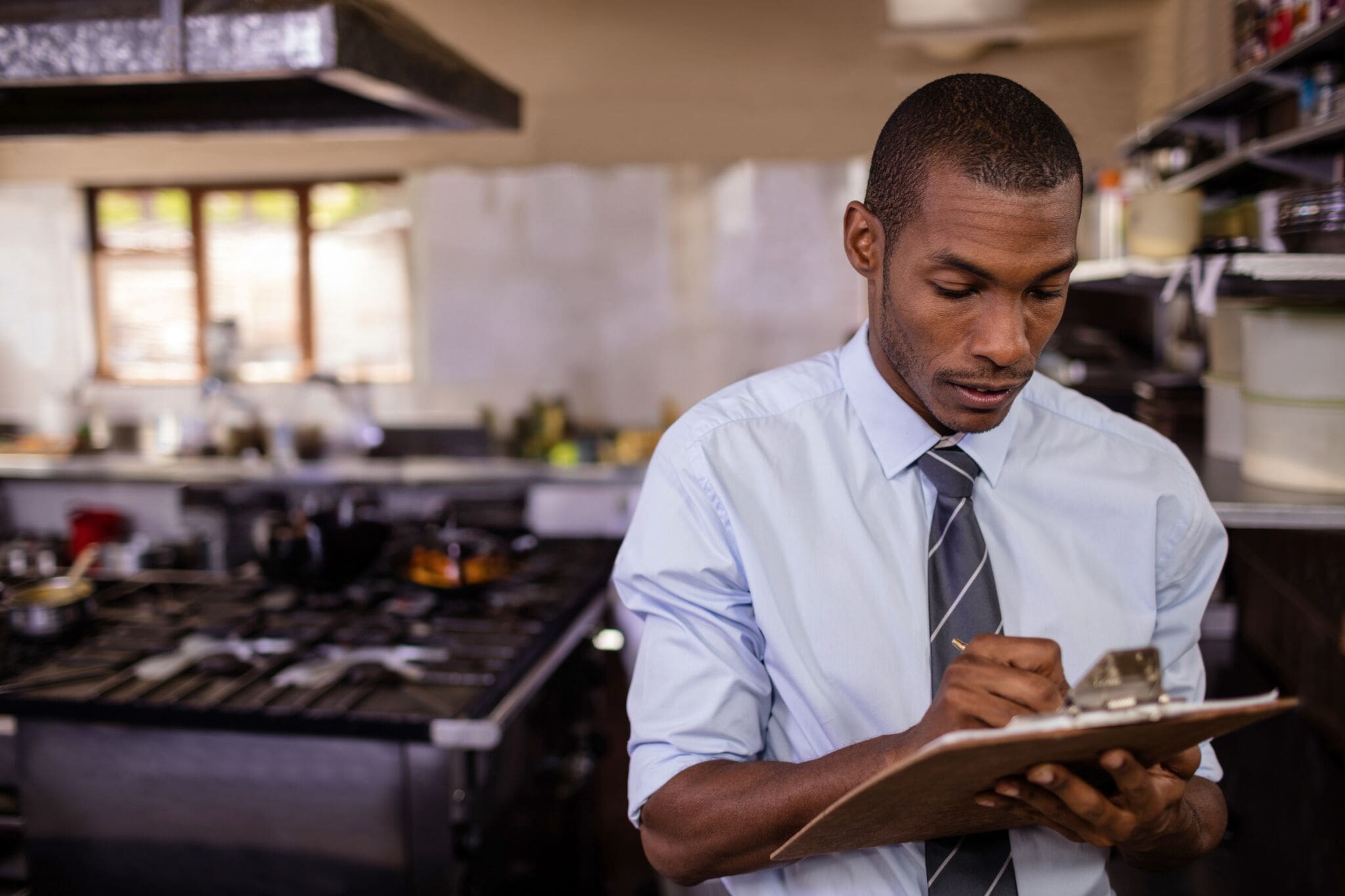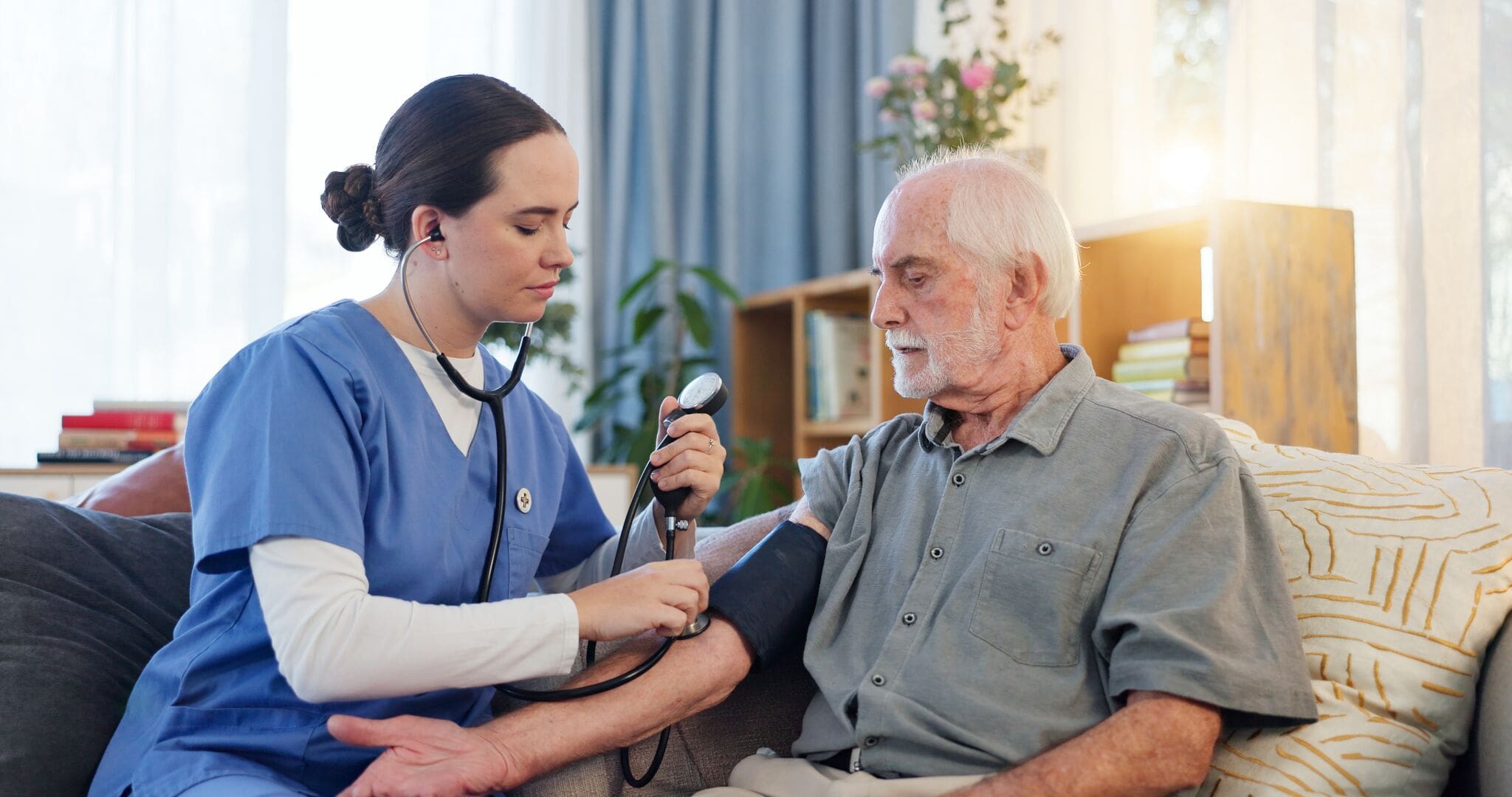In this article
Slavery. It sounds like something from the past, doesn’t it? A relic of history. But it’s not. It’s here. Right now. Hidden in plain sight.
Men, women, children – trapped. Not by chains, but by fear, threats, lies and debts they can never repay. Forced to work, to serve, to stay silent. You’ve probably walked past someone affected. Maybe in a car wash. A restaurant. A home.
Modern slavery isn’t just something that happens elsewhere. It’s not only found in faraway places or war-torn regions. It’s in the UK. It’s in your city. It’s in your postcode.
And that’s why this matters.
This guide will help you understand what modern slavery is, how to recognise it, and crucially, what to do if you see it. We’ll look at how it operates, the laws designed to stop it, and the reasons why – despite being illegal – it continues to thrive.
This isn’t just about learning the signs. It’s about noticing what you’ve never been taught to see. It’s about acting when others turn away.
Because sometimes, the smallest action can be the first step in someone else’s freedom.
What is modern slavery?
Modern slavery isn’t always obvious. There are no chains. No auctions. Often, not even locked doors. But the control is real.
At its simplest, modern slavery is when a person is forced to work, move or live in a way they haven’t freely chosen. And they can’t freely leave. It includes forced labour, human trafficking, debt bondage, sexual exploitation, and domestic servitude. Sometimes, it’s one of these. Often, it’s several at once.
People are tricked. Trapped. Threatened. They’re told they owe money. That the police won’t help. That their families will suffer. They’re moved across borders – or never leave their hometown. They clean, cook, care, pick, build, sell. For little or no pay. With no way out.
So how is it different from slavery of the past? Legally, today’s victims aren’t “owned.” But in practice? They’re still treated like property. Controlled, exploited, discarded. The tools of control have changed – the outcome hasn’t.
The UK’s Modern Slavery Act defines it as slavery, servitude, forced or compulsory labour and human trafficking. The UN and International Labour Organization use similar definitions. The common thread? A loss of freedom. A life stripped of choice and basic dignity.
This isn’t about poor working conditions. It’s not just a bad job. It’s something else entirely. Something darker. Coercion sits at the centre of it all. Sometimes physical. Sometimes psychological. But always there.
And it’s closer than we think.

What is the modern slavery act?
The Modern Slavery Act 2015 is the UK’s main piece of legislation tackling modern slavery. It was introduced to bring together a range of existing laws, strengthen punishments and improve protection for victims. Before this, legislation was scattered. The Act was a big step – but not a perfect one.
So, what does it do?
First, it sets out criminal offences. These include slavery, servitude, forced or compulsory labour and human trafficking. It gives courts stronger powers to sentence offenders, seize assets and issue prevention orders. In theory, it sends a clear message: exploit people and you will be prosecuted.
But the Act isn’t just about punishment. It also attempts to protect victims. It introduced something called the National Referral Mechanism (NRM) – a formal process for identifying and supporting survivors. Victims referred into the NRM can access safe housing, legal aid, counselling and temporary immigration relief. It sounds good. But the system is slow. Overloaded. Survivors often wait months, even years, for decisions.
One of the Act’s most talked-about features is the Transparency in Supply Chains requirement. This part applies to large businesses – those with an annual turnover of £36 million or more. It asks them to publish an annual statement outlining what they’re doing to prevent slavery in their operations and supply chains. The idea? To hold companies accountable. To shine a light on practices overseas. To push for ethical sourcing.
In practice, the results have been mixed. The statements are often vague. Some businesses publish nothing at all. There’s no financial penalty for ignoring the law – just the risk of public shame. Campaigners have long called for tougher enforcement and clearer standards.
Public bodies – like councils and government departments – are expected to follow suit. They’re encouraged to consider modern slavery risks in procurement and contracts. Some do this well. Others barely try.
Since 2015, the Act has been reviewed several times. Recommendations have included mandatory due diligence, better victim support, and stronger oversight. Some changes have been made. Many haven’t.
So yes, the Modern Slavery Act matters. It was a landmark law. But almost a decade on, there’s still a long way to go.
How to report modern slavery
If you think someone is being exploited, don’t ignore it. You don’t need to be completely sure – just concerned enough to act. Reporting modern slavery can feel daunting. But it might be the one thing that leads to someone’s freedom.
So, what should you do?
If someone is in immediate danger, always call 999. Don’t wait. Don’t second-guess. Let the police respond and assess the situation.
If the situation isn’t urgent, but you’re worried someone might be a victim of modern slavery, you have several options:
- Modern Slavery Helpline (08000 121 700). It’s available 24/7. You can call anonymously or submit a report online. They’ll talk you through what you’ve seen and help assess the risk.
- Crimestoppers (0800 555 111). Another way to report concerns anonymously, especially if you’re worried about retaliation or don’t want to be identified.
- Local authorities. This is especially useful if the exploitation involves housing, care work or children. Safeguarding teams may already be investigating.
- Police (101). For non-emergency reporting.
If you’re an employee and you suspect exploitation at your workplace, it’s natural to feel conflicted. You might be worried about getting someone into trouble or putting yourself at risk. But there are safe ways to report. Use external helplines. Speak to your union or a trusted manager if you feel safe doing so. You’re not expected to investigate – just raise the concern.
What happens after you report?
Your information will be assessed by trained professionals. If there’s a credible risk, safeguarding services or police may get involved. In many cases, referrals are made to the National Referral Mechanism (NRM) so victims can access support. You won’t always hear the outcome – especially if you’ve reported anonymously – but every report is taken seriously.
If you’re a business owner or manager, your responsibilities are wider. You’re expected to spot the signs not just in your own workforce, but also in your contractors and supply chains. If you suspect exploitation, act quickly. Notify relevant authorities. Keep records. If your company meets the legal threshold, you must publish a modern slavery statement each year. And take genuine steps to prevent abuse.
Types of modern slavery
Modern slavery doesn’t look the same in every case. It comes in many forms – hidden in homes, fields, factories, even schools. Some victims are moved across borders. Others never leave their neighbourhood. But the common thread is control and the stripping away of choice.
Here are the main types of modern slavery – and what they can look like.
Human Trafficking
This is when people are moved – within a country or across borders – through force, threats or deception, for the purpose of exploitation. It’s not always about crossing borders. Many victims are trafficked within the UK.
- Labour trafficking – This often involves moving people into jobs in construction, cleaning or food production. They’re paid little, live in overcrowded conditions and can’t leave.
- Sexual exploitation – Victims, mostly women and girls but also boys and men, are coerced into selling sex. Often under the control of traffickers, often scared, ashamed or isolated.
- Domestic servitude – This involves victims being forced to live and work inside a private home. They might not be allowed to leave, may have no privacy, and often endure long hours, abuse and zero pay.
Example: A young woman from Eastern Europe is promised work in a hotel. Instead, she’s trafficked into the UK, has her passport taken and is forced into sex work. She’s told if she escapes, her family will suffer.
Forced Labour
This is when people are made to work under threats, violence or debt. It’s often in harsh conditions and for little or no wages. It happens in UK industries like agriculture, food packing, cleaning, construction and car washes.
Victims may have no contracts, no protections and no way to leave without facing harm. In some cases, they don’t even realise they’re being exploited. They just know they can’t walk away.
Example: A group of men from Romania are recruited to pick fruit. They work 14-hour days, sleep in sheds and are told they owe money for their travel and rent. Their “boss” keeps their ID documents and threatens them if they complain.
Debt Bondage
One of the most common forms of slavery worldwide, especially affecting migrant workers. Victims are told they must work to pay off a debt. But the debt never ends. Fees for travel, housing, food, even job placement are added on, keeping people trapped indefinitely.
Example: A man from South Asia is promised a job in the UK. He’s told to pay thousands in recruitment fees. Once here, he earns barely enough to survive and each month his debt somehow increases. He’s stuck. Powerless.
Criminal Exploitation
Victims, often children or vulnerable adults, are forced into committing crimes. This includes shoplifting, cannabis cultivation or working in county lines drug operations – where children are groomed into transporting drugs across the country.
They’re told they owe money. Or are threatened with violence. Many are arrested before anyone realises they’re victims, not criminals.
Example: A 14-year-old boy goes missing for days. He’s later found carrying drugs in a city miles from home. He was recruited by older gang members, promised cash and protection, but quickly trapped in a cycle he couldn’t escape.
Child Slavery and Forced Marriage
Children can be forced to work, marry, beg or commit crimes. In some cases, they’re trafficked into domestic servitude or sexual exploitation. Because they’re minors, they can’t legally consent – so any form of control or exploitation is considered slavery.
Forced marriage also falls under this category when someone is married without free and full consent. Often, young women – and sometimes men – are pressured, threatened or manipulated into marrying, usually for family or financial reasons.
Example: A teenage girl is taken abroad for what she thinks is a family holiday. Once there, she’s told she must marry a man she’s never met. She’s not allowed to return unless she agrees.
Domestic Servitude
Often hidden in plain sight. Victims live inside the homes of their employers – sometimes on the same street as you – and are forced to cook, clean and care for children or elderly relatives with no pay and no rights.
They may be completely isolated from the outside world, unable to leave, speak freely or ask for help.
Example: A woman from West Africa is brought to the UK to work as a nanny. She’s promised a salary and a new life. Instead, her passport is taken. She works 16 hours a day, isn’t allowed outside and sleeps on the floor of the kitchen.

Signs of modern slavery
Modern slavery is hidden. But not invisible. The signs are often there. You just have to know what to look for.
Victims rarely say, “I’m being exploited.” Many don’t even realise what’s happening to them meets the definition of slavery. They’ve been misled. Threatened. Controlled. But the red flags are there, in behaviour, appearance, and circumstances.
Here are the main signs:
Physical Signs
Some of the most visible indicators are physical. These may include:
- Unexplained injuries or signs of physical abuse.
- Poor hygiene, unwashed clothes, or inappropriate clothing for the task.
- Malnourishment or signs of exhaustion.
A person might appear tired all the time, unusually thin or struggle with basic self-care. Not because they choose to, but because they’re not allowed to look after themselves.
Behavioural Signs
Behaviour can say a lot. Watch for:
- Fear, anxiety or distrust of authority.
- Reluctance to speak or being watched when they do.
- Rehearsed or unclear explanations about their circumstances.
- Lack of access to personal identification (passport, ID, bank card).
You might notice someone avoids eye contact. Seems nervous around others. Or lets someone else do all the talking. Even when the question was directed at them.
Work-Related Signs
Exploitation often happens through work. Some warning signs include:
- Working excessively long hours with no breaks.
- Being paid very little. Or not at all.
- Living where they work, especially in poor conditions.
- Not being allowed to leave the site or speak to others freely.
- No written contract or understanding of their rights.
If someone is always at the same place, day and night, doing hard labour with no sign of rest – ask questions. That’s not just bad employment. It could be slavery.
Living Conditions
Living arrangements can also raise alarm bells:
- Overcrowded, poorly maintained, or unsafe housing.
- Tied accommodation. Living at the workplace with no choice.
- No privacy, locked doors or lack of basic facilities.
Some victims are forced to sleep in sheds, caravans, even basements – with no control over where or how they live.
Social Isolation and Control
Victims are often cut off from the outside world. Signs of control might include:
- Always being accompanied or followed.
- No access to phones, transport or money.
- Someone else speaking for them or holding their documents.
- No ability to make basic decisions like where to go, what to eat or who to talk to.
In some cases, traffickers pose as “friends” or “employers.” They manage everything – where the person lives, who they see, even when they can sleep.
Spotting Modern Slavery in Different Contexts
Here’s what to look out for:
As a consumer: Notice how workers are treated in nail bars, car washes, takeaways, farms. Does anyone seem frightened or unusually quiet? Are prices too cheap to make sense?
As an employer: Look at your supply chains. Who’s cleaning your office? Who’s subcontracted on your sites? Do all workers have contracts, rights and freedom of movement?
As a neighbour: Are lots of people coming and going from a house at strange hours? Are the curtains always closed? Does someone seem isolated or unable to speak for themselves?
As a colleague: Does someone disappear for long hours? Seem afraid of their manager? Live at their workplace? Not have access to their own documents?
Spotting the signs doesn’t mean making accusations. It means paying attention. If something feels off, it probably is. Better to report a concern than stay silent and miss the chance to help someone who can’t speak for themselves.

How many victims are there of modern slavery
The numbers are shocking. But they still don’t tell the full story.
Modern slavery is hard to count. It’s hidden. Victims are controlled, silenced, moved from place to place. Many don’t come forward – because they’re afraid, because they’re threatened or because they simply don’t realise what’s happening to them is a crime.
Even so, we have estimates. And they’re deeply troubling.
The UK Picture
By the end of 2024, over 19,000 potential victims of modern slavery were referred to the UK’s National Referral Mechanism (NRM) – the official framework for identifying and supporting survivors.
That figure has risen year on year.
The Home Office, National Crime Agency, and frontline charities like Unseen and the Human Trafficking Foundation all agree: these numbers represent only a fraction of the reality. Some experts suggest the true number of victims in the UK could be well over 100,000.
Who are they?
- Around 23% all potential victims identified in 2023 were British nationals. 31% of them children.
- Victims include men, women, and children – though different groups are exploited in different ways. For example, men are more often exploited through labour, while women and girls are more frequently subjected to sexual exploitation and domestic servitude.
The Global Scale
Worldwide, the figures are even more staggering.
According to the International Labour Organization (ILO) and the Walk Free Foundation, an estimated 50 million people were living in modern slavery in 2021. That includes:
- 28 million in forced labour
- 22 million in forced marriage
These numbers include adults and children in every region of the world. And they’re increasing.
Why the Numbers Fall Short
Official statistics rely on people being found, identified and referred. But most victims never come forward.
Some are trapped by fear. Others don’t trust the authorities. In many cases, the systems meant to help them are underfunded or overwhelmed.
So, while 19,000 people were referred to the NRM last year, many more remain invisible. In farms, restaurants, homes, nail bars, brothels and backstreet workshops.
COVID-19 and Vulnerability
The pandemic changed everything. And not in a good way.
Lockdowns and economic collapse pushed millions into poverty – especially in developing countries. Desperate for work, many accepted risky job offers. Others were trapped in lockdown with their abusers. Traffickers adapted quickly. Borders closed, but exploitation didn’t stop. It simply went underground.
In the UK, the number of British children being criminally exploited through county lines rose sharply. Schools were closed. Support services were stretched thin. Gangs took advantage.
Today, the cost-of-living crisis continues to put pressure on vulnerable people – both in the UK and abroad. Economic hardship makes it easier for traffickers to manipulate, deceive and control.
Preventing modern slavery
Stopping modern slavery starts with awareness. Everyone has a role to play.
Individuals
Start with what you know. Learn the signs. Talk about it. The more people who understand what modern slavery looks like, the harder it becomes for it to hide.
Buy carefully. Choose fair trade. Support businesses that are transparent about their supply chains. Ask questions – who made this and how were they treated?
Businesses
Companies must go beyond compliance. That means:
- Training staff to spot red flags.
- Carrying out due diligence on suppliers.
- Publishing and reviewing their modern slavery statements regularly.
Slavery often hides deep in global supply chains.
Governments
The state has the tools – and the responsibility – to lead. That includes:
- Funding victim support services.
- Strengthening border protections.
- Enforcing the law against traffickers and exploiters.
But it also means fixing gaps in policy and listening to survivors voices.
NGOs and Communities
Charities and local groups often spot what others miss. They build trust, offer care and bridge the gap between victims and support systems.
Communities, too, have power – to notice, to report, to support change from the ground up.
Long-Term Solutions
Slavery thrives on vulnerability. Poverty, inequality and lack of opportunity all feed it. So, the fight must go deeper – into schools, job markets, housing and welfare.
No quick fixes. But prevention begins when we see the whole picture – and act accordingly.
What causes modern slavery
Modern slavery doesn’t happen by accident. It happens when systems fail. And when people are pushed to the margins.
Traffickers don’t create vulnerability. They exploit it. That’s why the causes of modern slavery are complex, rooted in inequality, demand, and power.
Poverty remains the most common driver. When people are desperate, they take risks. A job abroad. A quick loan. An offer that seems too good to be true.
No work, no savings, no safety net – for millions around the world, that’s the daily reality. And traffickers know it.
Conflict. Climate change. Persecution. Every year, millions are forced to flee their homes for these reasons. Many cross borders without documentation. Others move internally, hoping to escape poverty or danger.
But with movement comes risk. Migrants – especially those without legal status – are easy targets. They’re less likely to seek help. Less likely to be believed.
In some countries, the law doesn’t protect. Or it protects the wrong people. Corruption, poor enforcement and lack of political will all allow slavery to thrive.
Even in countries with strong laws – like the UK – gaps remain. Loopholes. Inconsistent enforcement. And a lack of support for survivors.
Other factors
Modern slavery is profitable. That’s why it continues.
Cheap labour. Fast fashion. Low-cost services. When consumers expect more for less, someone pays the price. Often, it’s the worker – trapped in exploitation, hidden behind the supply chain.
Women and girls are disproportionately affected. They’re more likely to be trafficked for sexual exploitation, domestic servitude or forced marriage.
In many places, gender inequality limits education, employment, and legal protection. That makes women more vulnerable to coercion – and less likely to escape it.





